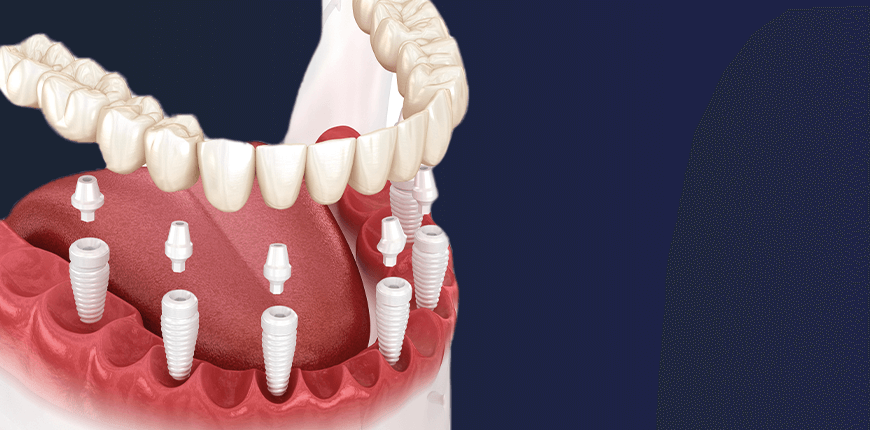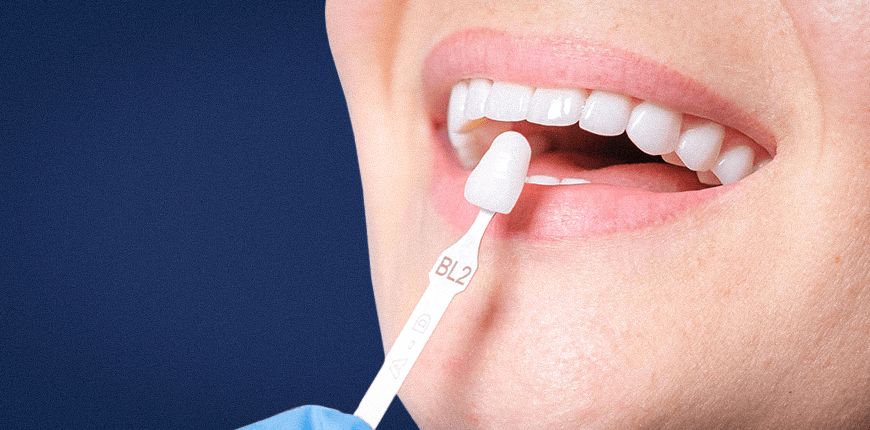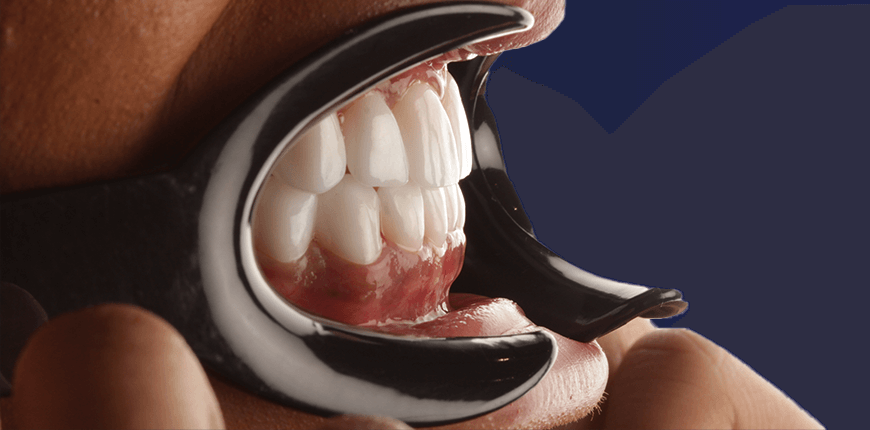
Invisalign
Invisalign treatment can effectively correct a wide range of dental issues, including overcrowding, gaps between teeth, and bite problems. The clear aligners are virtually invisible, making them a popular choice for people who want to straighten their teeth discreetly.
What is Invisalign Treatment?
Invisalign treatment is a type of orthodontic treatment that uses a series of clear plastic aligners to gradually straighten teeth. The aligners are custom-made for each patient based on a 3D digital scan of their teeth and gums.
The aligners are made of a smooth, clear plastic that is virtually invisible when worn, making them a popular alternative to traditional metal braces. Patients typically wear each set of aligners for 1-2 weeks before moving on to the next set, gradually moving their teeth into the desired position. The length of treatment varies depending on the complexity of the case, but most patients wear their aligners for 12-18 months. Invisalign treatment is typically less painful than traditional braces and offers the convenience of being removable for eating and brushing teeth.
Who are Good Candidates for Invisalign?
While Invisalign, a popular type of dental treatment, is a good option for many people, it may not be suitable for everyone. At this point, some factors will make a person a good candidate for Invisalign.
► Mild to Moderate Orthodontic Issues: Invisalign is best suited for treating mild to moderate orthodontic issues, such as crooked or crowded teeth, gaps between teeth, and mild bite issues. If you have more severe orthodontic issues, you may need traditional braces or other orthodontic treatments.
► Good Oral Hygiene Habits: Invisalign aligners need to be removed for eating and brushing teeth, which means that good oral hygiene habits are essential. If you are someone who struggles with remembering to wear your aligners or who has a hard time keeping up with good oral hygiene habits, Invisalign may not be the best option for you.
► Commitment To Treatment: Invisalign treatment requires a commitment to wearing your aligners for at least 22 hours a day, switching to a new set of aligners every few weeks, and keeping up with regular check-ups with your orthodontist. If you are not able or willing to make this commitment, Invisalign may not be the best option for you.
► Availability Of Orthodontic Care: Invisalign treatment requires regular check-ups with an orthodontist, so it's important to have access to orthodontic care in your area. If you live in a remote area without access to an orthodontist, or if you have difficulty scheduling regular appointments, Invisalign may not be the best option for you
Overall, Invisalign can be a great option for many people who are looking to straighten their teeth, but it's important to consider your individual needs and circumstances before deciding if it's the right treatment for you.
How is Invisalign Treatment Performed?
 The first step in Invisalign treatment is a consultation with an orthodontist or dentist who is trained in the Invisalign system. During this consultation, your orthodontist will examine your teeth and take x-rays, photos, and impressions of your teeth. They will use this information to create a custom treatment plan for you.
The first step in Invisalign treatment is a consultation with an orthodontist or dentist who is trained in the Invisalign system. During this consultation, your orthodontist will examine your teeth and take x-rays, photos, and impressions of your teeth. They will use this information to create a custom treatment plan for you.
- 3D Modeling: Your orthodontist will use the impressions of your teeth to create a 3D digital model of your mouth. Using this model, they will map out the movements your teeth need to make to achieve your desired outcome.
- Custom Aligners: Based on the treatment plan and 3D model, a series of custom aligners will be created specifically for you. Each set of aligners is designed to be worn for 1-2 weeks, after which you will switch to a new set of aligners.
- Wearing The Aligners: You will wear the aligners for at least 22 hours a day, taking them out only to eat, drink, brush, and floss. You will need to switch to a new set of aligners every few weeks, as directed by your orthodontist.
Overall, Invisalign treatment takes about 12-18 months, although the exact length of treatment will depend on your individual needs and the severity of your orthodontic issues.
What is the Invisalign Recovery Process?
Invisalign is a non-invasive and non-surgical orthodontic treatment. Therefore, there is no painful and prolonged recovery process. However, there is a possibility of some discomfort or mild side effects during your treatment.
- Discomfort: It is normal to feel some discomfort or pain when you first start wearing your aligners or when you switch to a new set of aligners. This is because the aligners gradually move your teeth into their correct position. As your teeth adapt to the new aligners, the discomfort will subside within a few days.
- Speech Difficulties: It may take a few days to get used to speaking with the aligners in your mouth. At first, you may have a slight lisp or difficulty pronouncing certain words, but this will improve over time as you get used to wearing the aligners.
- Oral Hygiene: Invisalign aligners need to be removed to eat and brush your teeth. It is important to maintain good oral hygiene habits throughout treatment to prevent tooth decay and gum disease. You should brush and floss your teeth after each meal before putting your aligners back in.
- Regular Check-ups: You will need to schedule regular check-ups with your orthodontist throughout your treatment to monitor your progress and make sure your teeth are moving as planned. Your orthodontist can make changes to your treatment plan if necessary.
In general, Invisalign treatment is considered a comfortable and low-maintenance orthodontic option. If you experience any discomfort or side effects during treatment, be sure to consult your orthodontist for guidance and support.
-
Is Invisalign more expensive than traditional braces?
The cost of Invisalign treatment varies depending on the complexity of the case and the geographic location of the provider. In general, Invisalign can be slightly more expensive than traditional braces, but many patients find the benefits of Invisalign worth the extra cost.
-
Can I still play sports or musical instruments with Invisalign?
Yes, you can still participate in sports and play musical instruments while wearing Invisalign. However, you should remove your aligners before playing any wind instruments and wear a mouthguard when playing sports.
-
Are there any food restrictions with Invisalign?
Unlike traditional braces, there are no restrictions on what you can eat with Invisalign. However, you should remove your aligners before eating and brush your teeth before putting them back in.










